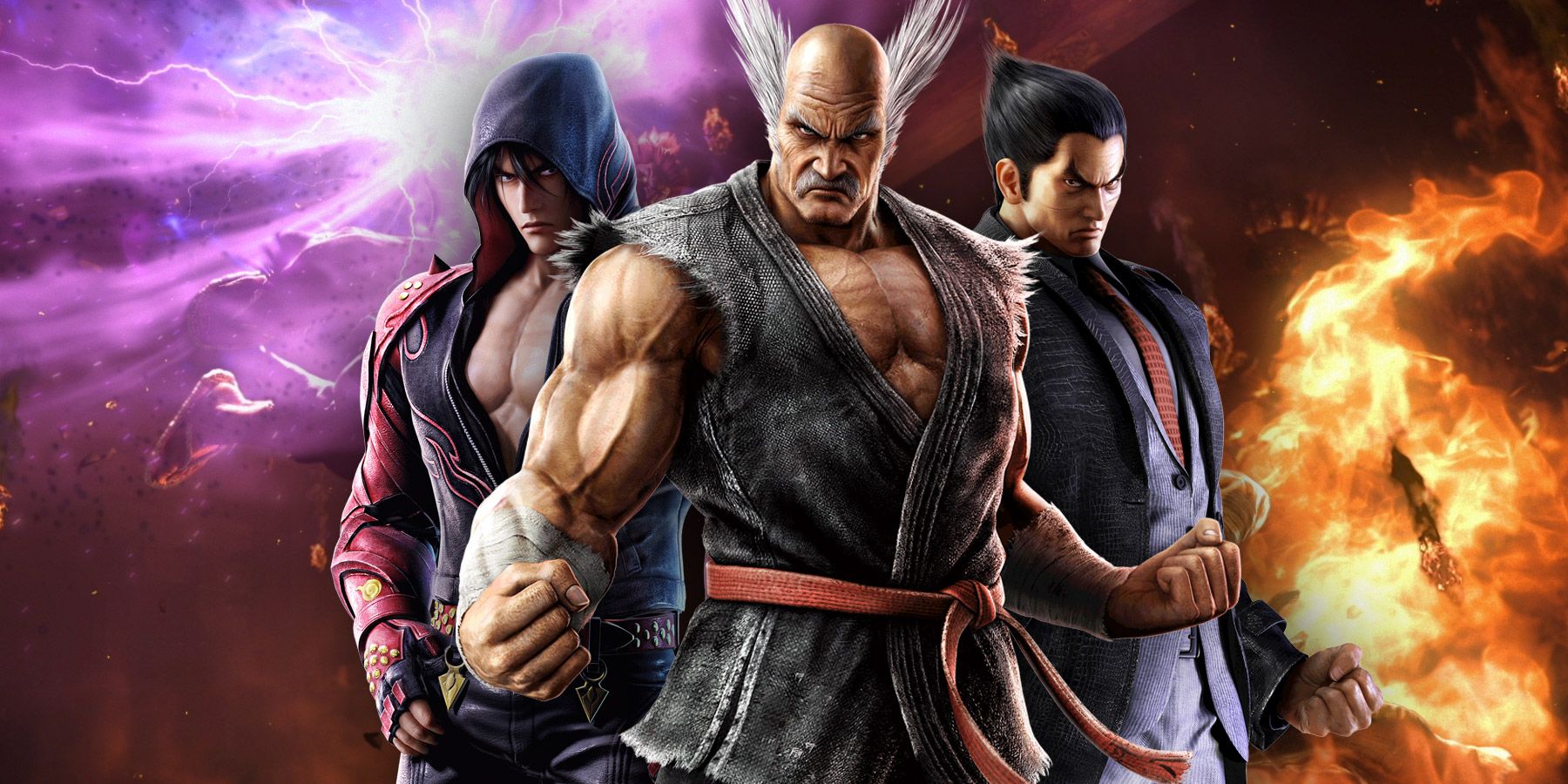The world of fighting games is a vibrant, ever-evolving landscape, but few franchises have left as indelible a mark as Namco’s Tekken. Since its debut in 1994, Tekken has become synonymous with high-octane brawling, intricate combat systems, and a deep, immersive storyline. Its influence on the genre and gaming culture as a whole is undeniable. This article explores the evolution of Tekken, its impact on gaming, and what makes it a timeless classic.
The Birth of Tekken
Tekken made its debut in arcades on December 9, 1994. Developed and published by Namco, it was one of the first games to introduce the concept of 3D fighting. The game’s name, which means “iron fist” in Japanese, was a nod to its core mechanics: powerful, high-impact combat.
The original Tekken featured a relatively modest roster of 8 characters flnewsdaily.com, each with a unique fighting style and backstory. This early entry laid the groundwork for the series’ trademark blend of complex combat mechanics and rich narrative. The gameplay was built around a simple yet deep control scheme that allowed players to execute a variety of punches, kicks, and throws. It was revolutionary for its time, presenting a level of 3D maneuverability that was uncommon in fighting games.
The Rise and Refinement
With the release of Tekken 2 in 1995, Namco significantly expanded the game. The sequel introduced new characters, refined graphics, and enhanced gameplay mechanics. Notably, it was one of the first games to feature a comprehensive story mode, which would become a staple of the series. Tekken 2 cemented the franchise’s reputation and expanded its audience.
The third installment, Tekken 3 (1997), was a game-changer in every sense. The graphics were vastly improved, and the game introduced the iconic “Tekken Force” mode. Tekken 3 is often remembered for its diverse roster and the introduction of characters like Hwoarang and Eddie Gordo, who would become fan favorites.
Tekken 4 (2001) and Tekken 5 (2005) continued the series’ evolution. Tekken 4 introduced new environments with interactive elements, while Tekken 5 further refined the gameplay mechanics and added new characters like Feng Wei and Asuka Kazama. The latter also saw the return of old favorites and was praised for its refined combat system and improved graphics.
The Modern Era
Tekken 6 (2009) marked a significant leap forward in terms of graphics and gameplay. It introduced new features such as the “Rage” system, which allowed players to deal massive damage when their health was low. The game’s online multiplayer mode also set a new standard for competitive fighting games.
The franchise continued to evolve with Tekken Tag Tournament 2 (2011), which brought back the tag-team mechanics that had been a hit in the original Tekken Tag Tournament (1999). This installment was notable for its huge roster and the ability to tag in and out of battles.
Tekken 7 (2015) was a pivotal release that not only updated the graphics to a new level but also focused heavily on the series’ long-running storyline. The game introduced new mechanics like “Rage Arts” and “Rage Drives,” which added depth to the strategic elements of combat. It was also the first game in the series to be released on the PlayStation 4, Xbox One, and Windows PC.
The Legacy and Future
As of now, Tekken 8 has been announced and is highly anticipated by fans. The series has continued to innovate, blending traditional fighting game elements with modern technology and storytelling. The development team at Bandai Namco remains committed to pushing the boundaries of the genre, and early previews suggest that Tekken 8 will continue this tradition.
Tekken has influenced not only other fighting games but also broader gaming culture. Its complex characters, engaging storylines, and technical depth have made it a cornerstone of competitive gaming. The series has spawned numerous spin-offs, adaptations, and even an animated movie, further cementing its place in pop culture.
Conclusion
From its groundbreaking debut to its latest iterations, Tekken has consistently set the standard for fighting games. Its blend of intricate gameplay, memorable characters, and immersive storytelling has captivated players for decades. As we look forward to future installments, one thing is clear: Tekken will continue to be a force in the world of gaming, embodying the spirit of competition and innovation that has made it a beloved franchise.

